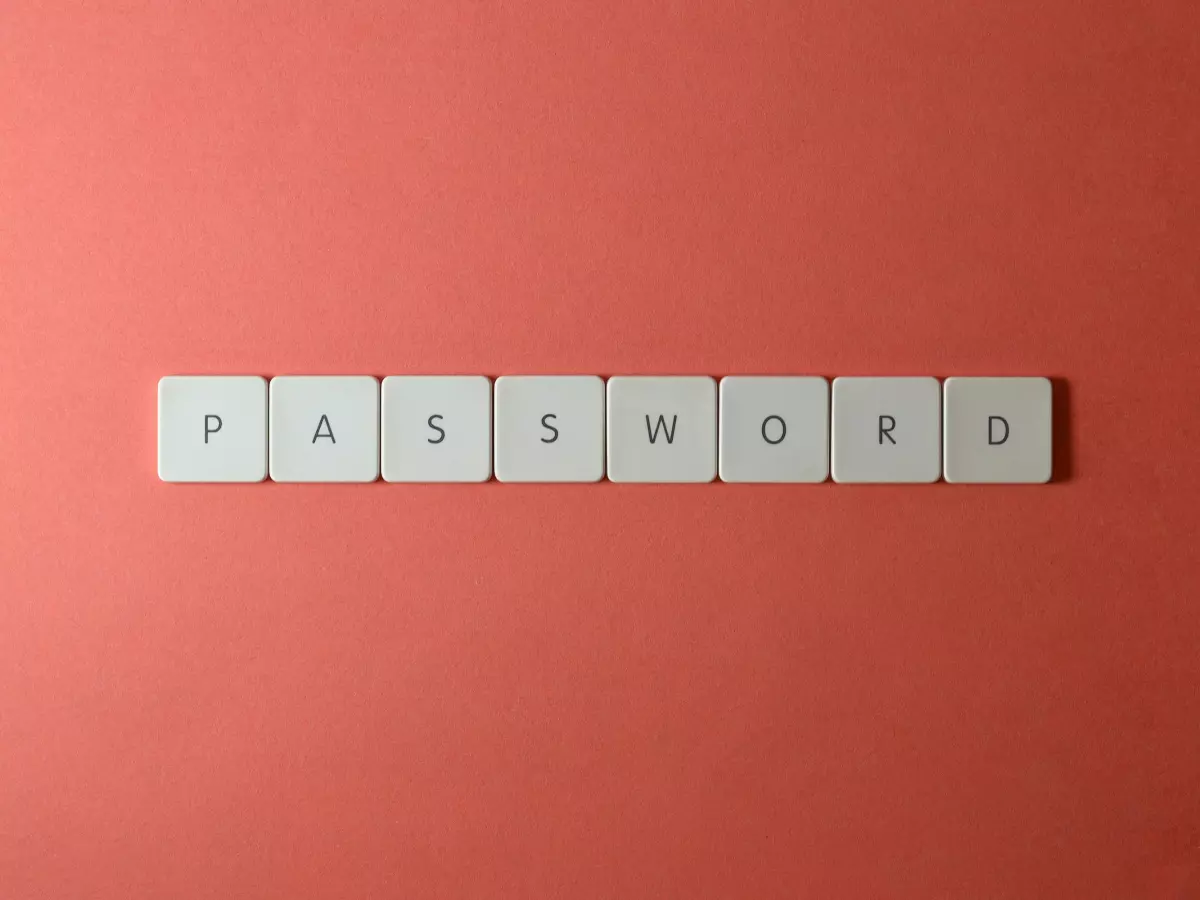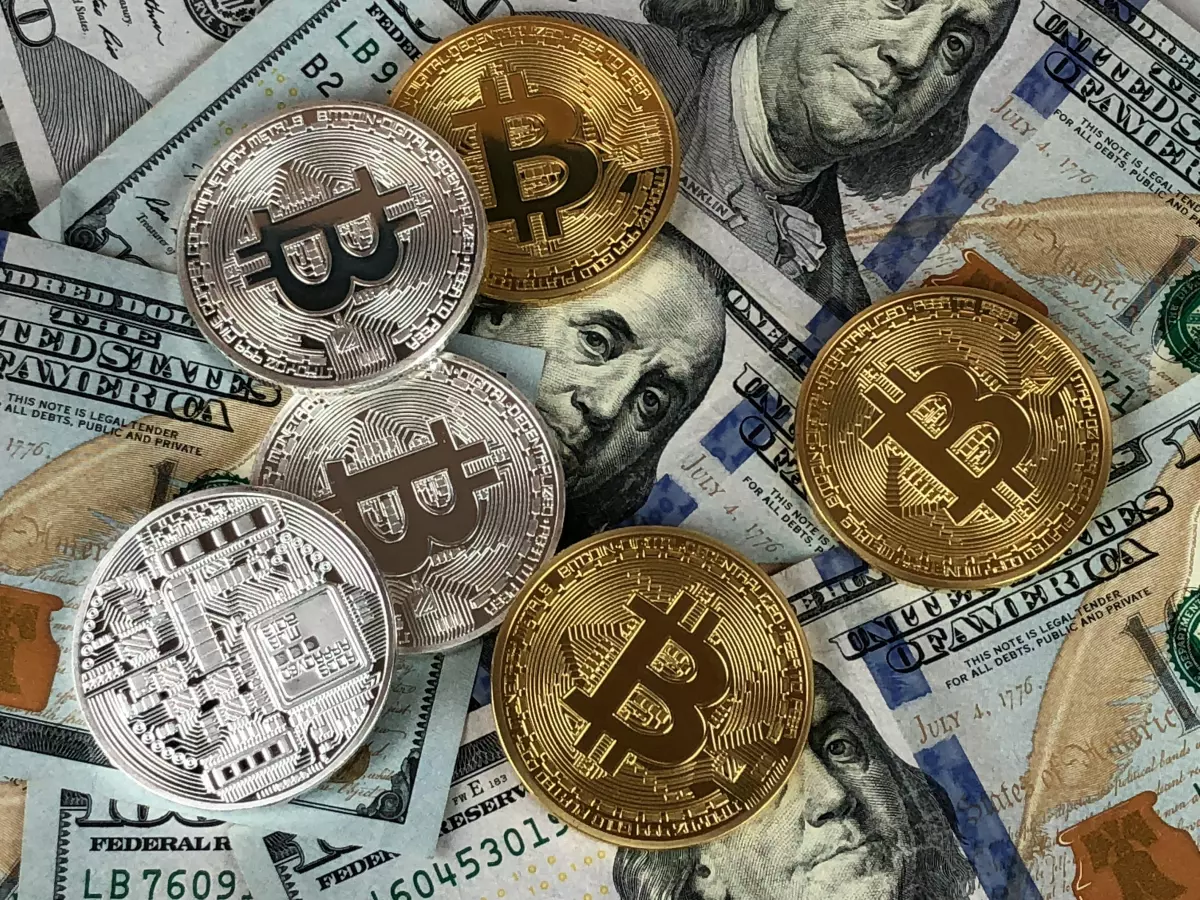Scaling the Chain
What do rush hour traffic and blockchain transactions have in common? Both can grind to a halt when overwhelmed, leaving you frustrated and stuck.

By Marcus Liu
Picture this: you're on your way to work, and the highway is jam-packed with cars. No matter how fast your car is, you're crawling at a snail's pace. Now, imagine you're trying to send cryptocurrency during a network surge, and your transaction is stuck in limbo. The culprit? Scalability—or rather, the lack of it.
Scalability is the blockchain equivalent of expanding that highway to accommodate more cars. It's the ability of a blockchain network to handle an increasing number of transactions without compromising speed, cost, or security. But how does it work, and why should you care? Let’s dive in.
Why Scalability Matters
At its core, blockchain scalability is about performance. A scalable blockchain can process more transactions per second (TPS), making it faster and cheaper for users. Without scalability, networks like Bitcoin and Ethereum can become congested, leading to high fees and slow transaction times. Remember the CryptoKitties craze of 2017? The Ethereum network was so overwhelmed that it practically came to a standstill.
Scalability isn't just about convenience; it's about survival. As blockchain adoption grows, networks must scale to meet demand. Otherwise, they risk becoming obsolete, unable to compete with faster, more efficient systems.
How Blockchain Scales
So, how do you scale a blockchain? There are three main approaches:
- Layer 1 Scaling: This involves improving the blockchain itself. Techniques like increasing block size or reducing block time can help, but they often come with trade-offs. For example, larger blocks can store more transactions but may require more storage and bandwidth, making the network less decentralized.
- Layer 2 Scaling: Instead of changing the blockchain, Layer 2 solutions build on top of it. Think of it as adding express lanes to your highway. Examples include the Lightning Network for Bitcoin and rollups for Ethereum, which process transactions off-chain and then settle them on-chain.
- Sharding: This divides the blockchain into smaller, more manageable pieces called shards. Each shard processes its own transactions, allowing the network to handle more transactions simultaneously. It's like splitting traffic across multiple parallel highways.
The Scalability Trilemma
Ah, the infamous scalability trilemma. Coined by Ethereum co-founder Vitalik Buterin, it states that a blockchain can only optimize two of the following three: decentralization, security, and scalability. Improving one often comes at the expense of the others.
For instance, increasing block size may boost scalability but could centralize the network by making it harder for smaller nodes to participate. Similarly, adding more nodes can enhance security but may slow down transaction processing.
This balancing act is why scalability remains one of the biggest challenges in blockchain development.
Real-World Examples
Let’s look at some blockchains tackling scalability head-on:
- Ethereum 2.0: Ethereum is transitioning to a proof-of-stake (PoS) consensus mechanism and implementing sharding to improve scalability. These upgrades aim to increase TPS while reducing energy consumption.
- Solana: Known for its high-speed performance, Solana uses a unique consensus mechanism called Proof of History (PoH) to achieve up to 65,000 TPS. However, critics argue that its speed comes at the cost of decentralization.
- Polkadot: Polkadot employs a multi-chain architecture, allowing multiple blockchains to operate in parallel. This design enhances scalability without sacrificing security or interoperability.
Security Considerations
Scalability solutions often introduce new security risks. For example, Layer 2 solutions rely on smart contracts, which can be vulnerable to bugs or exploits. Sharding, while efficient, may make it easier for attackers to target specific shards.
To mitigate these risks, developers must rigorously test scalability solutions and implement robust security measures. After all, a scalable blockchain is useless if it’s not secure.
The Future of Scalability
The race to solve blockchain scalability is far from over. Emerging technologies like zero-knowledge rollups and DAGs (Directed Acyclic Graphs) promise to push the boundaries of what's possible. Meanwhile, hybrid solutions combining Layer 1 and Layer 2 approaches could offer the best of both worlds.
As users, we play a role too. By supporting projects that prioritize scalability, we can help drive innovation and ensure the blockchain ecosystem remains viable for years to come.
Final Thoughts
So, what did we learn from our traffic analogy? Just like highways need to expand to accommodate more cars, blockchains must scale to handle growing demand. Whether it’s through Layer 1 upgrades, Layer 2 solutions, or sharding, scalability is the key to unlocking blockchain’s full potential.
Next time you’re stuck in traffic—or waiting for a crypto transaction to clear—remember: scalability isn’t just a technical challenge; it’s a necessity for the future of blockchain. And who knows? Maybe one day, blockchain networks will be as fast and seamless as your dream commute. Until then, let’s keep building.





